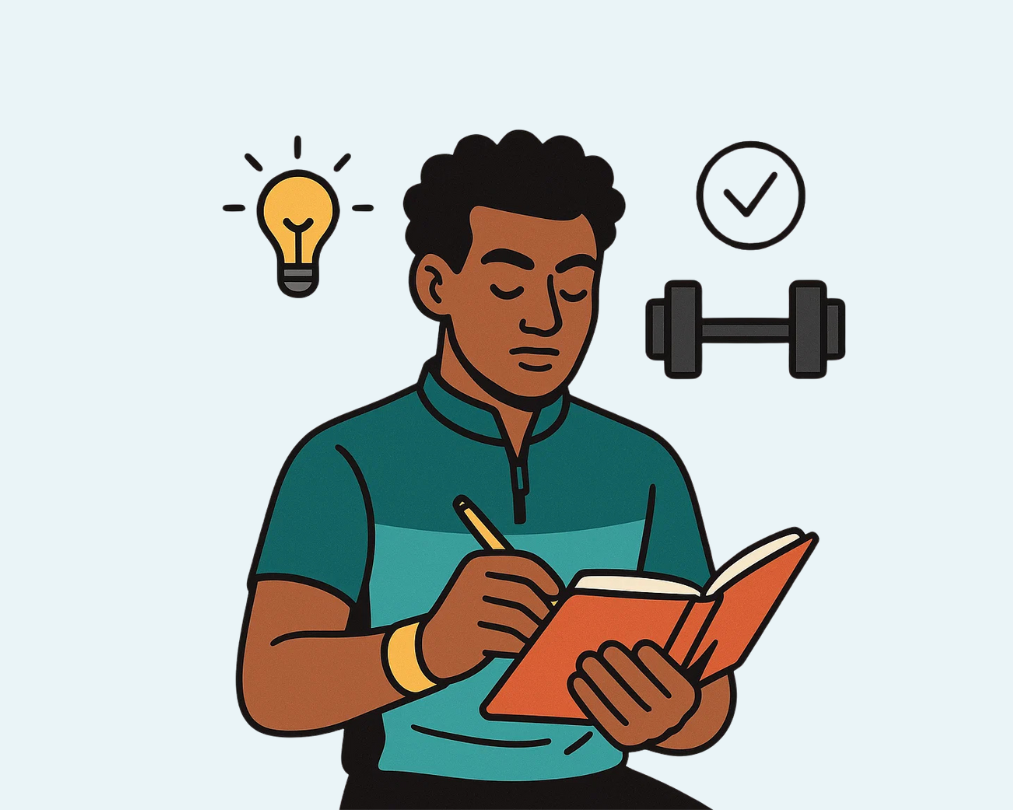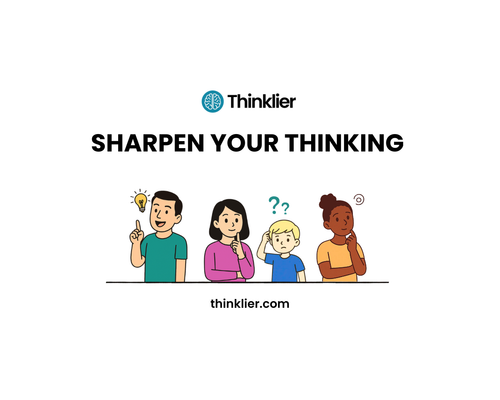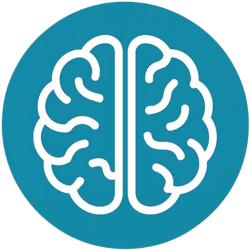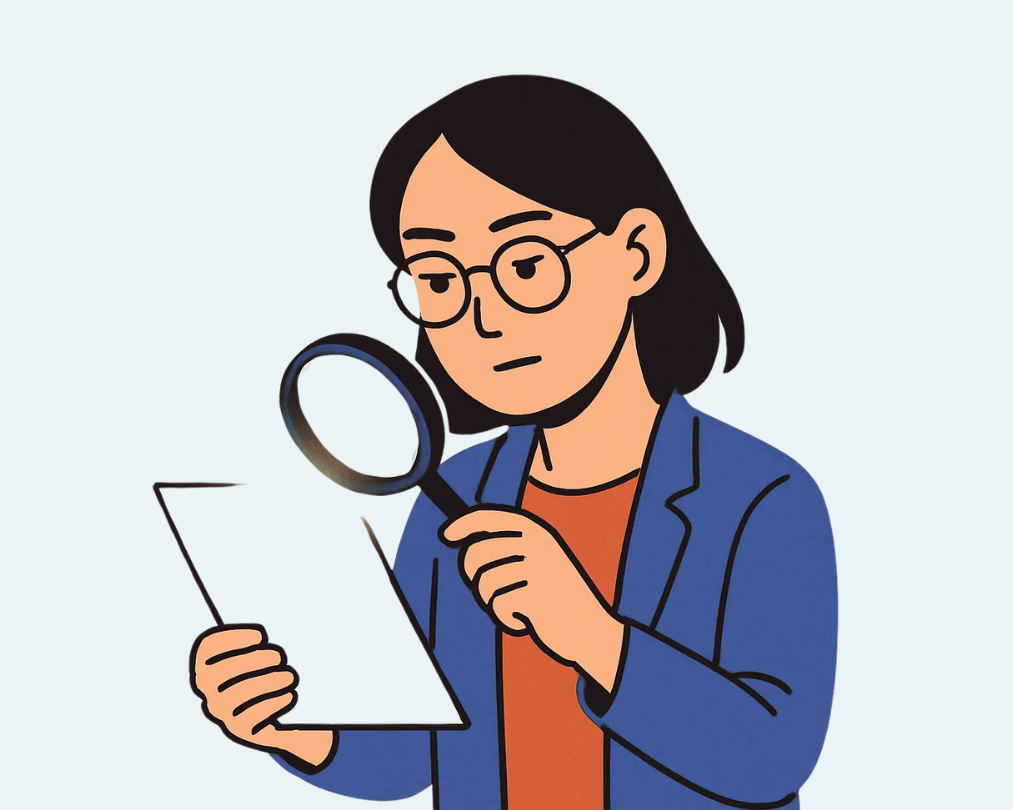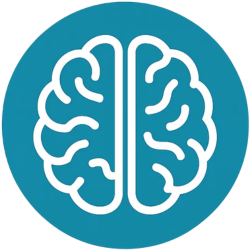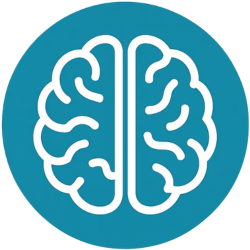Lesson 8: Truth signals: how to sense what’s real
From The Thinking Toolkit
In a world of noise, how do we know what to trust? This lesson offers small, reliable cues to help you spot what’s grounded — and what isn’t.
Not everything that feels true is true.
Not everything that’s confidently said is well thought out.
And in a world full of spin, outrage, and opinion, it’s getting harder to tell the difference.
But there are signals — small, reliable cues — that can help you sense what’s grounded… and what’s just noise.
Learning to spot those signals is one of the most practical skills in critical thinking.
Why we struggle
We evolved to trust tone, confidence, and coherence.
If someone speaks smoothly and with certainty, our brains often assume they’re right.
But clarity doesn’t mean accuracy. And confidence isn’t proof.
We need better filters, not louder voices.
Three signals that something might be real
Here are three common “truth signals” to look for in everyday life:
1. Falsifiability
Can the claim be tested or proven wrong?
If not, it’s probably opinion, not fact.
“This crystal clears negative energy” can’t be falsified.
“This treatment improves recovery in 80% of patients” can.
2. Motive-checking
Ask: Who benefits if I believe this?
If the answer is unclear or emotionally charged, pause.
Does this person gain power, money, status, or moral high ground?
3. Intellectual honesty
Look for signs of nuance:
- Do they admit uncertainty?
- Do they acknowledge counterarguments?
- Do they update their views?
Dogma resists doubt. Truth doesn’t need to.
Why it matters
You can’t fact-check the entire internet.
But you can develop a kind of cognitive radar — a way of spotting what feels off, or what deserves a closer look.
That doesn’t mean being cynical. It means being alert.
Mini challenge: run a claim through the filter
Today, pick a headline, quote, or claim and ask:
- Can this be tested?
- Who benefits if I believe it?
- Does the person or source show any signs of doubt or nuance?
You don’t need a final verdict — just start noticing the signals.
In short
Not all truth is loud, and not all confidence is credible.
Real thinking means looking beneath the surface. Asking: Can this be tested? Who gains? Are they honest about complexity?
These aren’t tricks. They’re tools for navigating noise with clarity.
Don’t forget the companion workbook
To get the most out of this lesson, download the workbook — it gives you space to reflect and one simple habit to build.
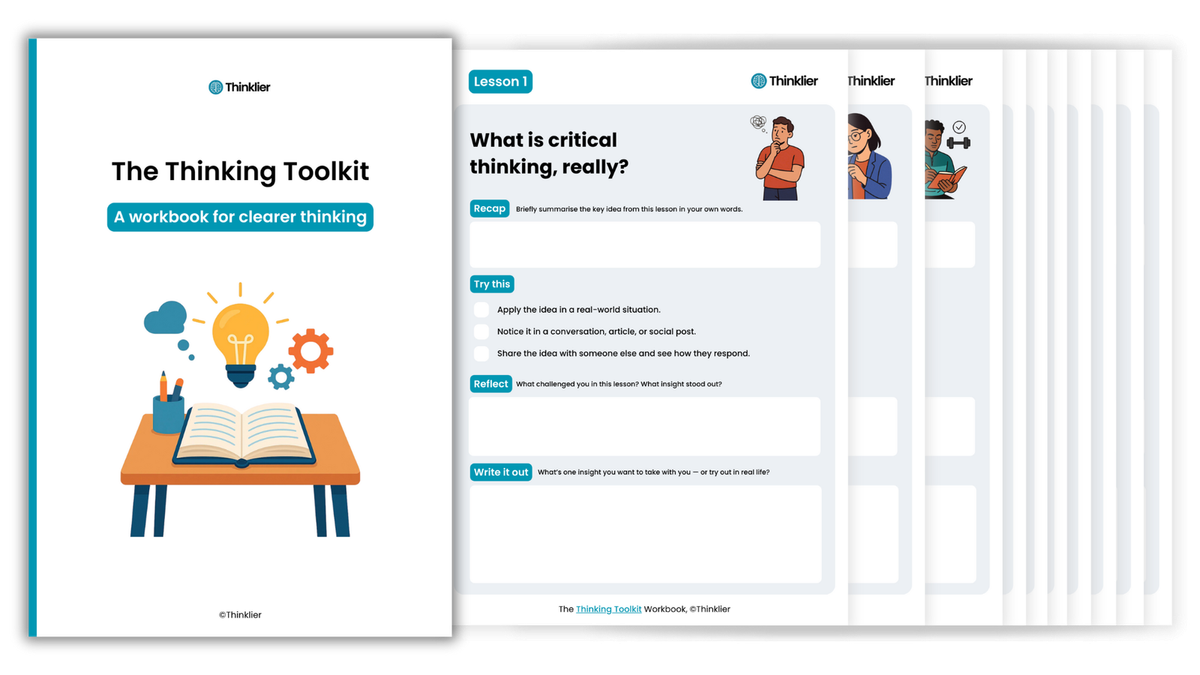
Next up
